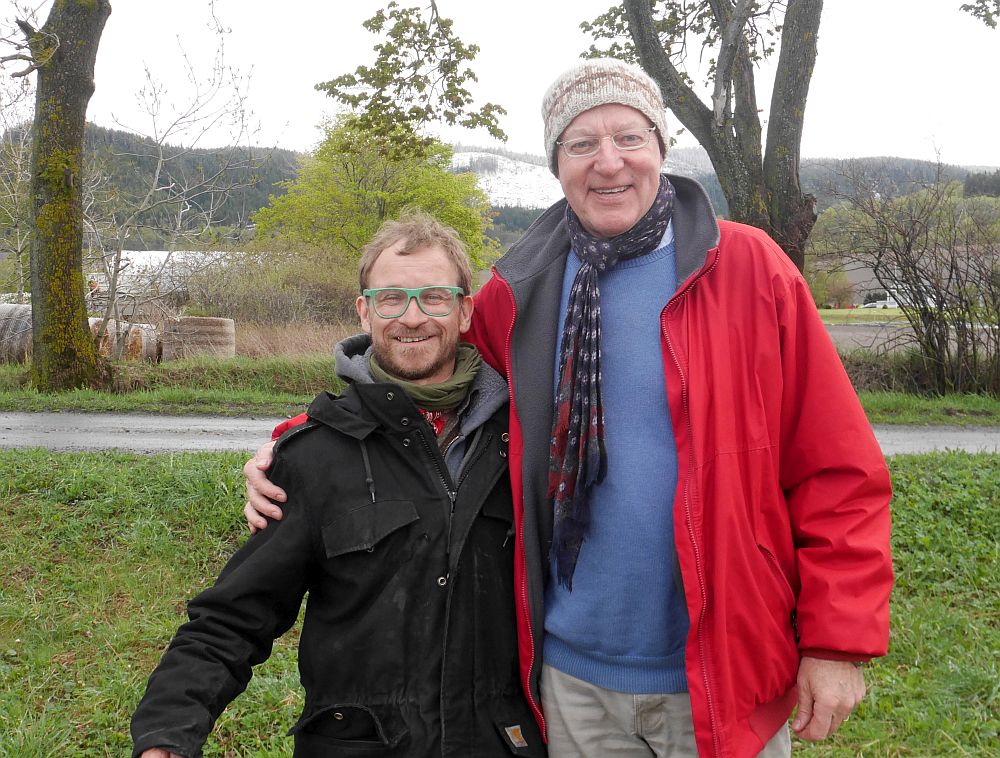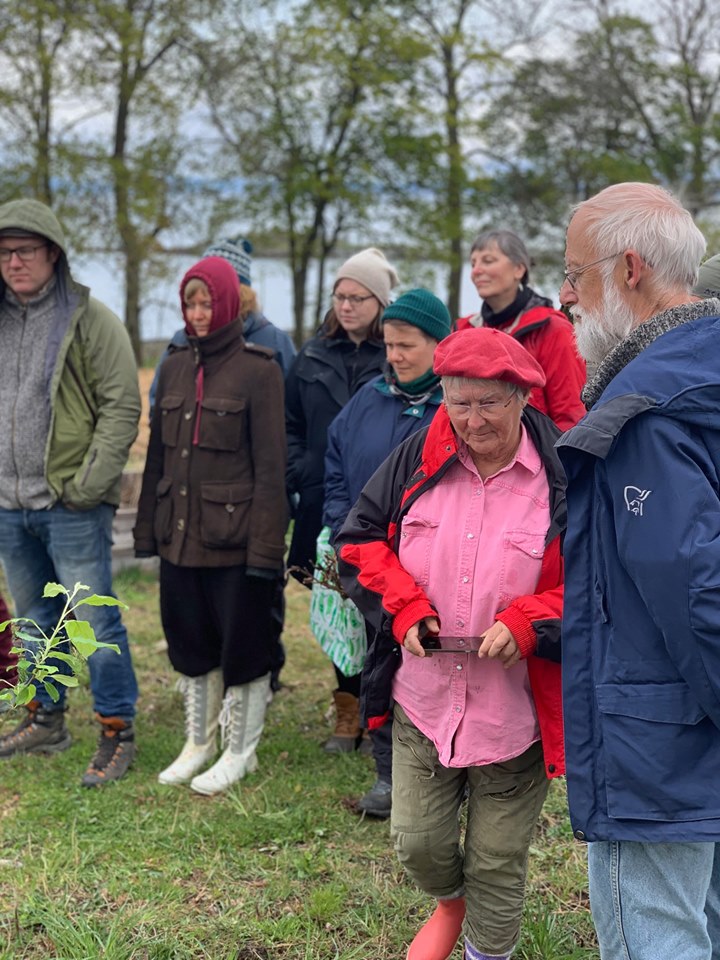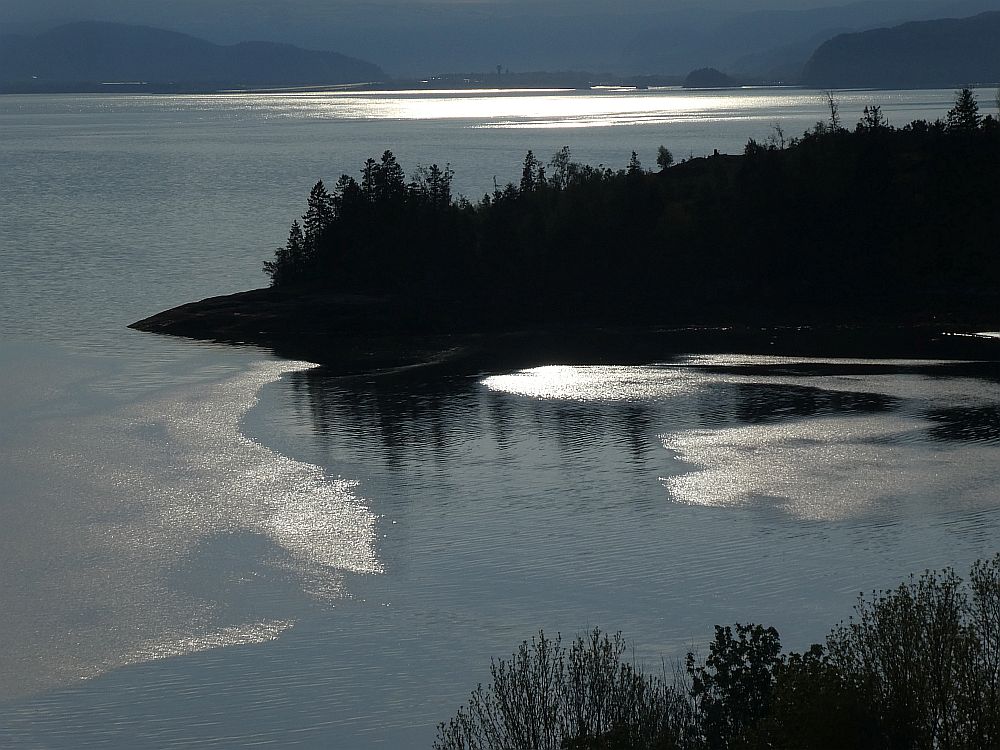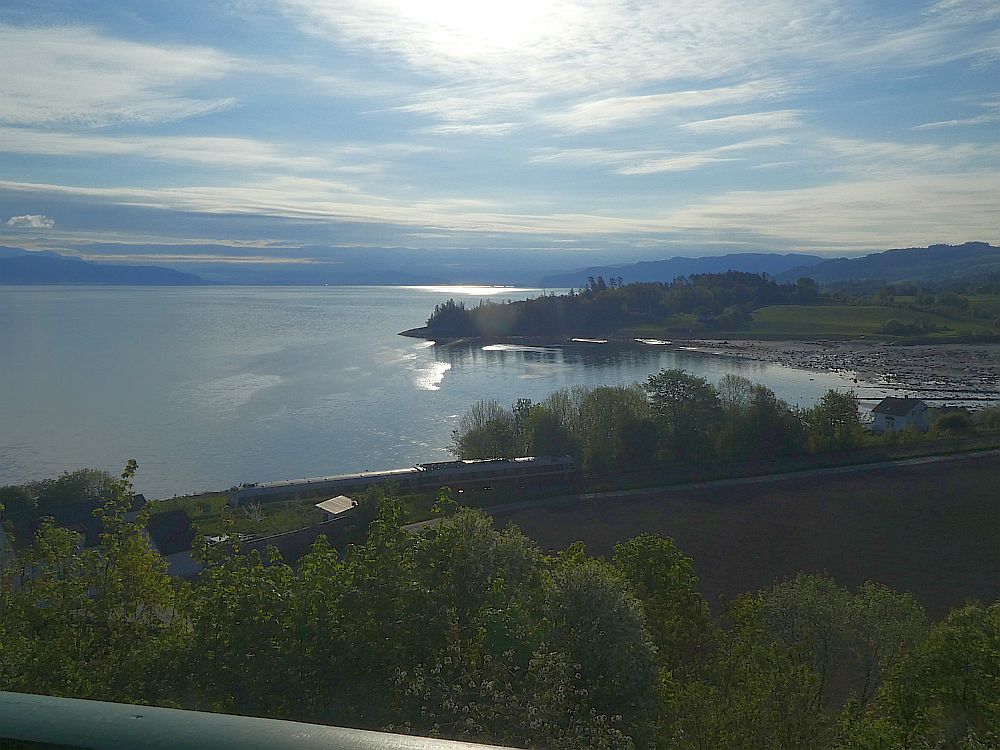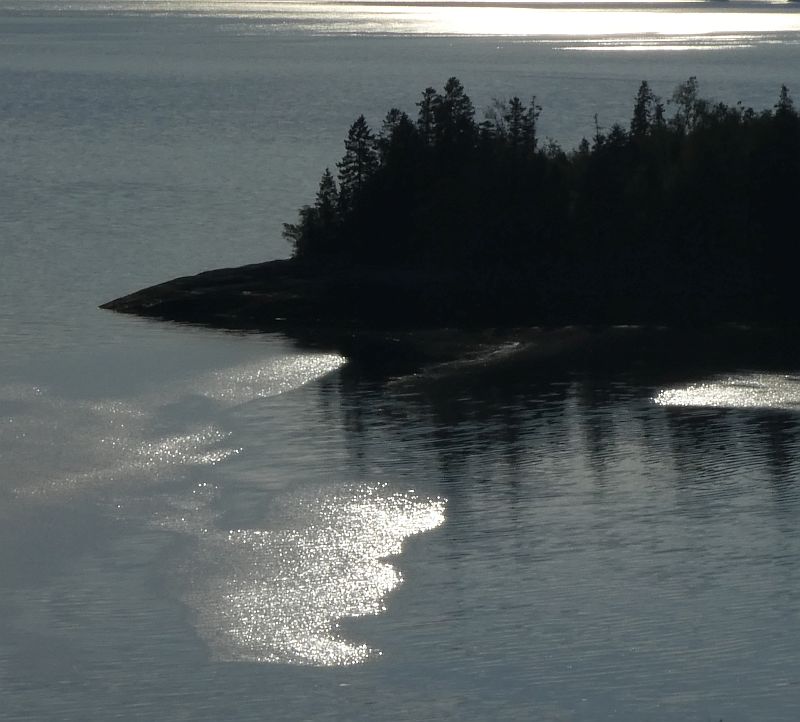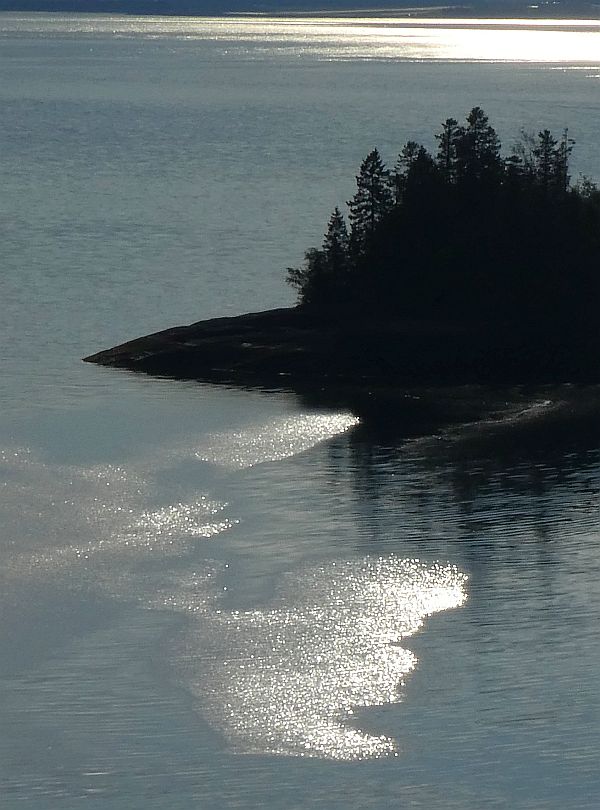Before my D.A. (Dandelion Awakening) I would religiously remove and cut down as many dandelions as I could, but nowadays my garden perennial beds are full of them. As I’ve written before, dandelions have become probably my most important vegetable in the winter months. I dig up the roots from my garden beds, where I’ve deliberately let them grow, in the autumn, store in my cellar and force them as I need them in cooler rooms in the house. These wild dandelions grow themselves, the only energy I use on them is in the digging and moving to store! A perfect vegetable! There are 11 pages in my book Around the World in 80 plants about the multitude of food uses for dandelions and how you can make a whole meal of them and cycle home after the meal on tyres made of dandelion rubber! But there’s so much more to this miracle plant and I’m sure you’ve read of its many medicinal properties including it being an anti-cancer powerhouse! Sat in the garden, a Eurasian Siskin (grønnsisik) just landed on a dandelion head showing it’s also an important plant for birds in addition to bees, beetles and other insects! Make sure you leave a few dandelions to seed and you may also experience a magical moment like this!
Monthly Archives: May 2019
Brambling song in the garden
I was woken to the simple single-note song of a brambling (bjørkefink) atop a spruce tree in the garden! This is such a characteristic sound of Norwegian wilderness in summer!
04:50, 22nd May 2019
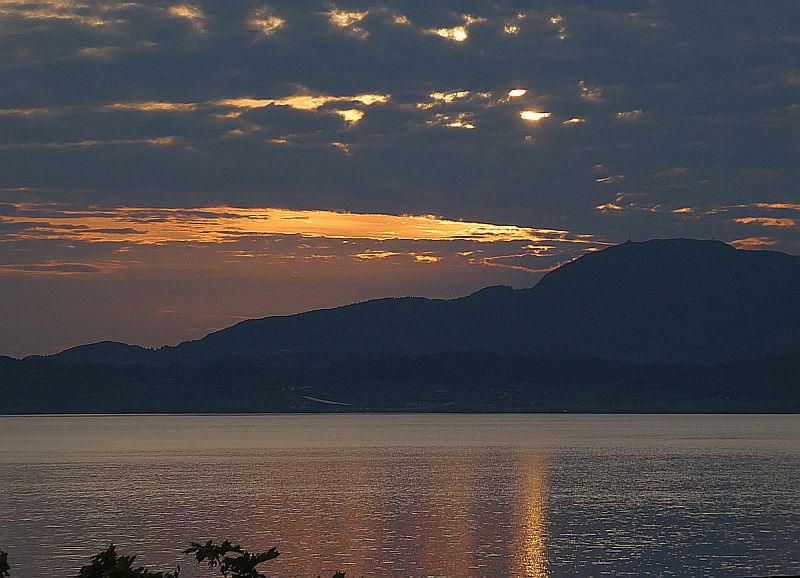
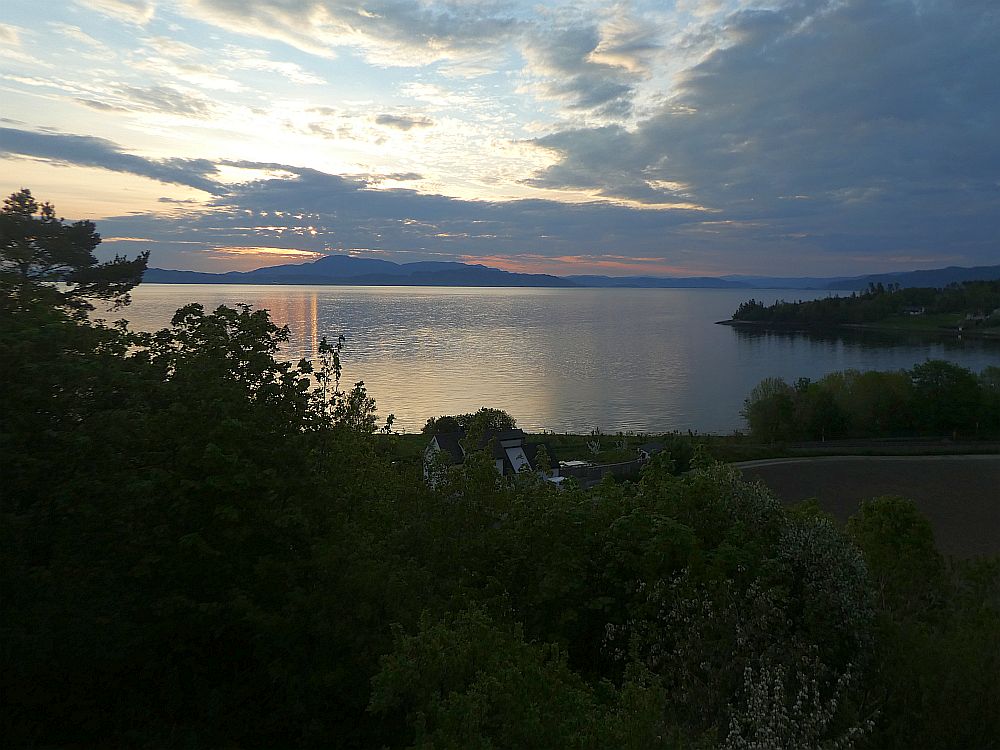
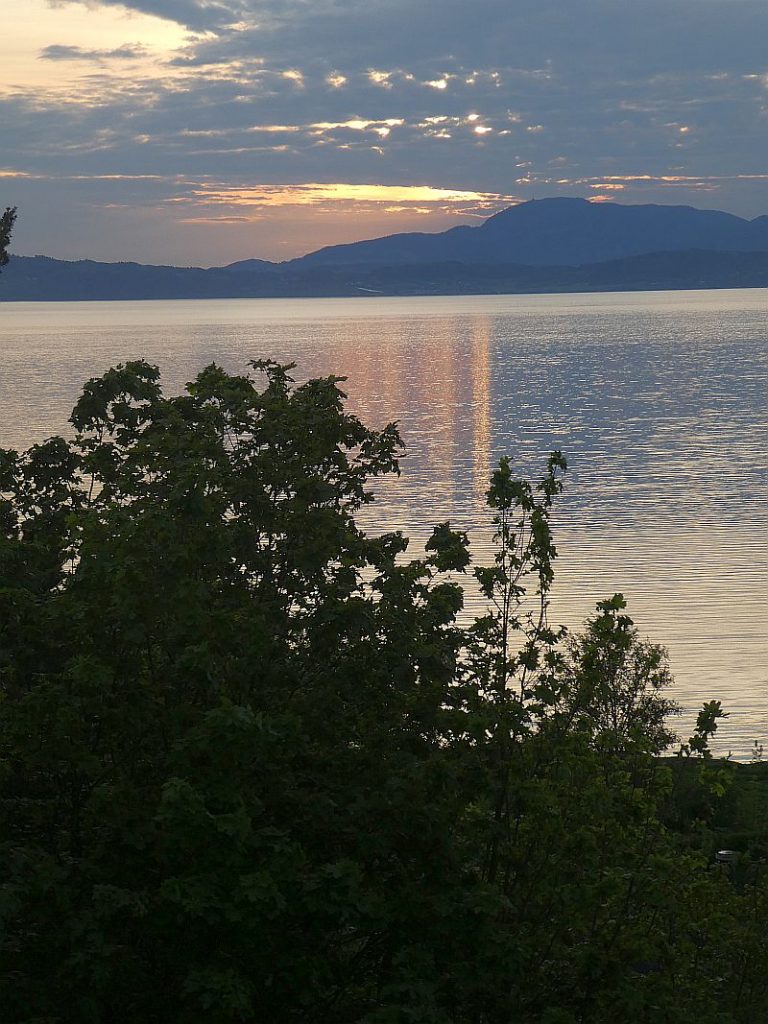
Diamondbacks in their thousands
Since I first blogged about an invasion of diamondback moths (kålmøll) two days ago, reports have been coming in across Scandinavia of the enormity of this invasion, even reaching the farthest north parts of the Norwegian mainland in Finnmark, the arctic city of Tromsø and Northern Sweden. In some places, it’s been too cold to start planting out vegetables!
There were more than a thousand moths in my garden yesterday and they were observed swarming over my perennial kales (Brassica oleracea), sea kale (Crambe maritima) and common wintercress (Barbarea vulgaris), none of which are likely to be severely affected.
Bulfinch visit at Apple blossom time
Bullfinches (dompap in Norwegian) have an unique biannual appearance in the garden. They feed from autumn to early spring on natural food and on the bird feeder. Of the natural foods, I’ve seen them feeding on nettle (nesle) seeds, maple seeds (sycamore and Norway maple / platanlønn og spisslønn) as well as buds of plums. They then disappear in March, but return again every year about the time when the apple trees are coming into flower. I presume they are interested in the ripening buds, but have never seen them eating them. A pair appeared again in the garden two days ago and here are a couple of short films. In the second, you can even here a snatch of bullfinch song. I’ve never heard that in May before, but they do sing weakly in late winter sometimes.
There could hardly be more blossom on the apples this year! Looks like yet another good year.
Female Pied Flycatcher
Sat in the garden this evening and I noticed both male and female pied flycatchers (svarthvit fluesnapper) having a bath in a bucket planted up with the water plant chinese arrowhead (see http://www.edimentals.com/blog/?p=19451). The female sat conveniently above the bucket for me to film! You get a quick glimpse of the male sitting by the water at the start of the first film!
KVANN’s Annual Meeting Weekend: Day 3 visit to Væres Venner
Here are a few pictures from our Sunday afternoon visit to the Community Garden at Væres Venner where KVANN are establishing both a so-called Vegetable Sanctuary for old and new vegetables, nut trees, fruit and various other useful plants. We are also developing a so-called World Garden (Verdenshagen). It was a work day in the garden for the members and our group where given the background to the garden by Sølvi Kvam and Marina Görtz who is developing a biodiversity garden for the bees and much more and featuring a garden of old Norwegian garden perennials.
KVANN’s Fruktlaug (Fruit group) brought a selection of old apple trees to be planted in the garden and Eirik Lillebøe Wiken is seen in some of the pictures informing about the different trees and grafting techniques!
Thanks to Sølvi for some of the pictures.
Eurasian siskins on pine
There’s one Norwegian pine tree in the garden (Pinus sylvestris) which has grown slowly over the years since we moved here and is now approaching the height of the birch trees. It now regularly produces cones, but this is the first time that I’ve seen siskins feeding on the nuts. Coniferous tree seeds are the main food of the siskin in spring.
Dandelion time
Dandelion time has come around again! This is the only dandelion field I can see from the house! Is this the most productive field in the area?
Patterns
The endless variations of patchiness and reflections on the fjord and in the sky keeps one in tune!

